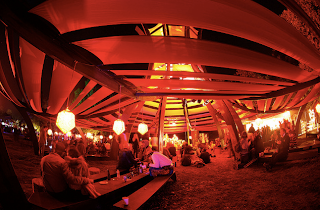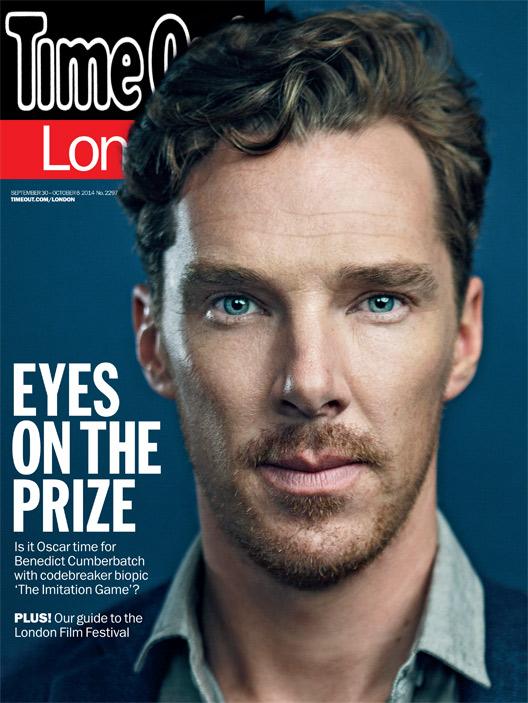
By now its former radicalism has all but vanished. Time Out began as an alternative magazine alongside other members of the underground press in the UK, but by 1980 it had abandoned its original collective decision-making structure and its commitment to equal pay for all its workers, leading to a strike and the foundation of a competing magazine, City Limits, by former staffers. The first product was titled Where It's At, before being inspired by Dave Brubeck's album Time Out.

Time Out was first published in 1968 as a London listings magazine by Tony Elliott, who used his birthday money to produce a one-sheet pamphlet, with Bob Harris as co-editor. History Time Out London first issue, 1968


It was the recipient of the International Consumer Magazine of the Year award in both 20 and the renamed International Consumer Media Brand of the Year in 20.
Andrew time out london android#
Time Out 's global market presence includes partnerships with Nokia and mobile apps for iOS and Android operating systems.
Andrew time out london free#
In 2012, the London edition became a free publication, with a weekly readership of over 307,000. Time Out started as a London-only publication in 1968 and has expanded its editorial recommendations to 333 cities in 59 countries worldwide. He passed away on the weekend.Time Out is a global magazine published by Time Out Group. Andrew appreciated both beauty and the bacchanale. Former Evening Standard diary editor Joy Lo Dico wrote on Twitter: “He brought together London’s writers, artists and dealers, and notable waifs and strays into the club and, helped along by the fine wines he served, many a deep friendship was born. That his restaurant has so many well-known fans, and that Edmunds himself is spoken of so warmly, is testament to the way his restaurant was run. Edmunds - who was described by Tim Lord, the chair of the Soho Society, as “a discreet but enormously intelligent and thoughtful man who loved Soho and understood its history and heritage better than most” - was known to be publicity shy. The entire place has long filled with those who favour long, laughing chats and always order an extra bottle to keep things going.Įdmunds’ death was confirmed on the restaurant’s website yesterday and across its social media channels, with a notice confirming that he had passed away aged 79, reportedly after a short illness. Upstairs is the Academy Club, set up by Auberon Waugh and still going today still literary and journalistic-leaning, it is said to be a distillation of downstairs. A glorious feeling of it being out of time - which is to say, in Andrew Edmunds, it’s 1985 forever, without that being a conscious pose or twee throwback - means dining in the ground floor or in the basement feel like a living Jeffrey Bernard column, albeit with less vodka and bitchiness, or, as restaurant critic Marina O’Loughlin put it: “The whole thing makes you feel as if you’re starring in a novel by Keith Waterhouse or hanging out with George Melly.” It has long been called “a bastion of old Soho”, what now might be taken to mean it is a clattering place for long lunches and evening meals that last until closing. On one side he opened a print shop, selling cartoons from the 1700s, and on the other, his restaurant. Having founded his art dealership in 1974, Edmunds bought his pair of 18th century Soho buildings in the early Eighties, when Soho was well and truly in its crapulent heyday - and when the accompanying rundown of the area meant property was cheap. Tables have white cloths, crockery is simple. Others go for the familiarity of its interior, which has rarely seen much of an update: the floor is dark-stained wood, the wallpaper still has woodchip in it. Its menu - British and French in a way, charmingly pared back - is a draw, but the place remains best known for its extraordinary wine list, made even more extraordinary for being so reasonable. A regular frequenter of “London’s most romantic restaurants” lists, the small, cramped and candlelit space is known as somewhere to hide away in, somewhere to unravel and where affairs might begin. His eponymous Soho restaurant, which has served its simple, warming cooking on Lexington Street for some 37 years, has long been a favourite of restaurant writers, the fashion set, and anyone after a cosy meal with someone they fancy.

T is perhaps not such a surprise that news of the restaurateur, club owner and art dealer Andrew Edmunds dying has prompted so many shared memories, from so many Londoners.


 0 kommentar(er)
0 kommentar(er)
